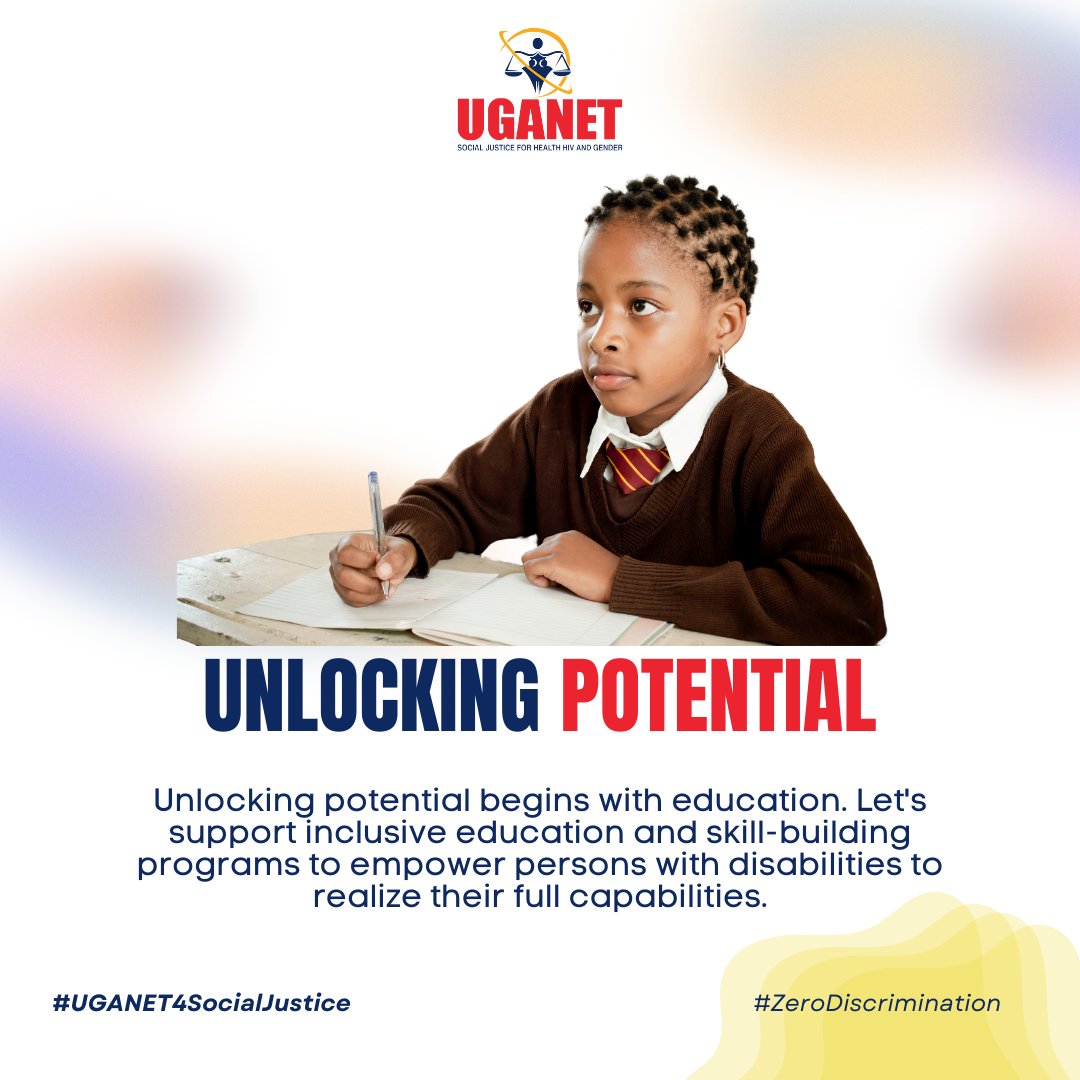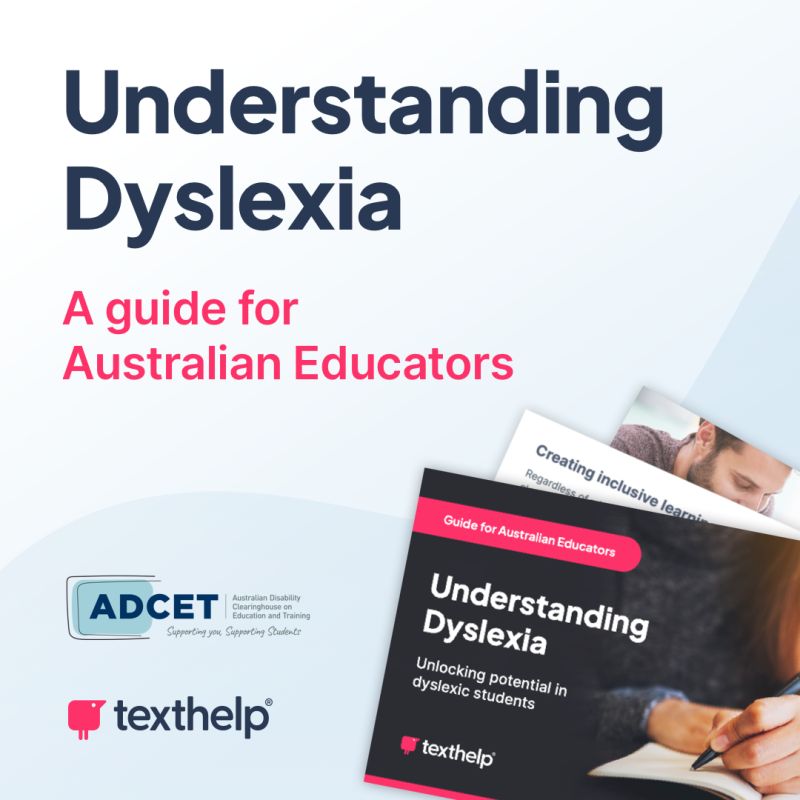Every student deserves a quality education, regardless of their abilities or challenges. Creating an creating an inclusive classroom for students with disabilities environment is essential for ensuring that students with disabilities have equal opportunities to learn and thrive alongside their peers. At kienhoc.vn, we believe in empowering educators with the knowledge and tools they need to foster inclusive learning spaces. This article will explore effective strategies for creating an inclusive classroom that supports students with diverse needs.
Understanding Diverse Needs
Every student learns differently. Some students may need extra help because of disabilities they have. These disabilities can affect how they learn, move, communicate, or behave. It’s important to understand these different needs so we can help everyone learn and have fun in the classroom.
There are many types of disabilities that students might have. Some students might have trouble seeing or hearing. Others might have difficulty with reading, writing, or math. Some students might have trouble paying attention or controlling their bodies. And some students might have a mix of these challenges. Each student is unique and needs different kinds of support to learn best.
To help students with disabilities, teachers and schools use something called an Individualized Education Program (IEP). An IEP is like a special plan that outlines the student’s needs and how the school will help them learn. It’s like a roadmap to success for each student!
| Type of Disability | Examples |
|---|---|
| Learning Disabilities | Dyslexia, Dyscalculia, ADHD |
| Physical Disabilities | Cerebral Palsy, Muscular Dystrophy, Spina Bifida |
| Sensory Disabilities | Visual Impairments, Hearing Impairments |
| Communication Disorders | Autism Spectrum Disorder, Speech and Language Delays |

Creating an Accessible Environment
Making the classroom accessible means making sure everyone can get around and use things easily. It’s like building a playground where everyone can play, no matter what! This might mean having ramps for wheelchairs, desks that can move up and down, or special tools to help students write or read.
We also need to think about how students learn best. Some students might need things explained in different ways, like using pictures or videos. Others might need a quiet space to work or special headphones to block out noise. By creating a flexible classroom, we can make sure everyone has what they need to learn and succeed. To learn more about the different needs of students, check out our article on Special Education Students.
- Ramps for wheelchairs
- Adjustable desks
- Assistive technology tools
- Visual aids and manipulatives
- Quiet workspaces
- Noise-canceling headphones

Implementing Effective Teaching Strategies
Teachers can use many different ways to help all students learn and have fun in the classroom. One way is to break down big tasks into smaller steps. It’s like building a Lego castle, you start with one brick at a time! Teachers can also use different tools, like pictures, videos, and games, to make learning more exciting. And they can give students choices in how they learn and show what they know. Some students might like to write a story, while others might prefer to draw a picture or give a presentation. By using different teaching strategies, teachers can make sure everyone has a chance to shine!

Fostering a Supportive Classroom Culture
Building Relationships and Encouraging Collaboration
An inclusive classroom is a place where everyone feels welcome and valued. It’s like a big team where everyone works together and supports each other! Building strong relationships between students, teachers, and families is key to creating a supportive learning environment. Teachers can encourage collaboration by creating group projects and activities where students with and without disabilities work together. This helps everyone learn from each other and build friendships.
It’s also important to celebrate diversity and teach students to appreciate the unique strengths and perspectives that each person brings to the classroom. We can learn more about strategies for teaching students with disabilities in inclusive classrooms. By creating a culture of respect and understanding, we can make sure everyone feels comfortable and included in the learning process.
Promoting Positive Social Interactions and Emotional Well-being
Students with disabilities may sometimes face challenges with social interactions and emotional well-being. It’s important to create a classroom environment where everyone feels safe to express themselves and ask for help when needed. Teachers can promote positive social interactions by teaching students how to communicate effectively, resolve conflicts peacefully, and show empathy towards others.
Providing emotional support is also crucial. This might involve creating a calm-down corner in the classroom where students can go to take a break if they feel overwhelmed. Teachers can also work with school counselors or other professionals to provide additional support for students who need it. To learn more about how ABA therapy can be beneficial in special education, we recommend checking out our article on Unlocking the Power of ABA Therapy in Special Education.

Final Thought
Creating an inclusive classroom is an ongoing journey that requires commitment, collaboration, and a genuine desire to ensure all students feel valued and supported. By implementing the strategies discussed in this article, educators can create a learning environment where every student has the opportunity to reach their full potential. Remember, inclusion is not just about physical accessibility; it’s about fostering a sense of belonging and celebrating the unique strengths and perspectives that each student brings to the classroom.



